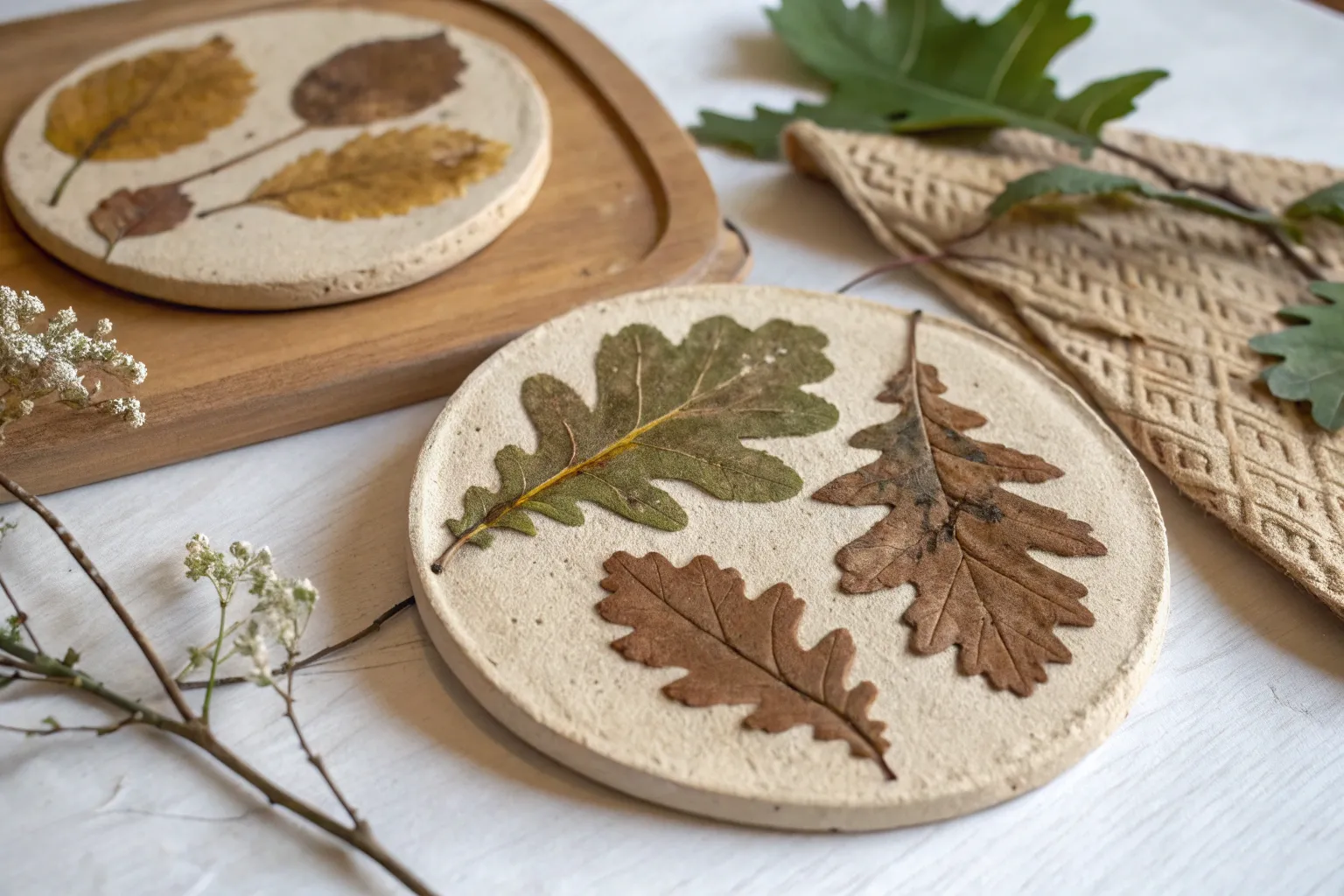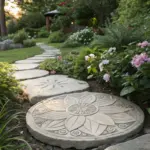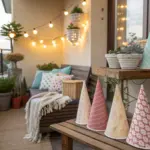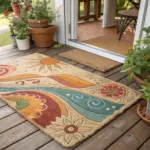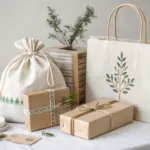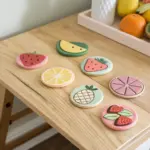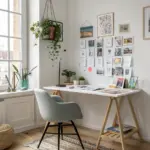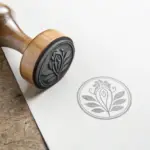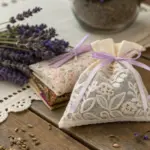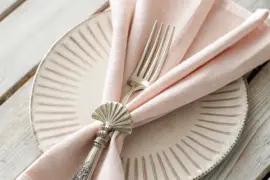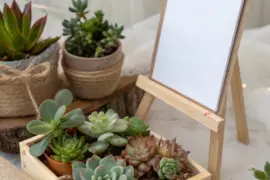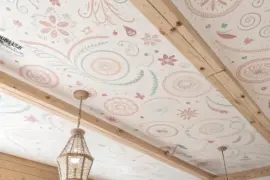Handmade clay coasters pressed with leaves, flowers, and herbs let you capture natural beauty in a functional object. The process is straightforward but offers endless room for creativity and personalization.
Why Botanical Clay Coasters Feel Special
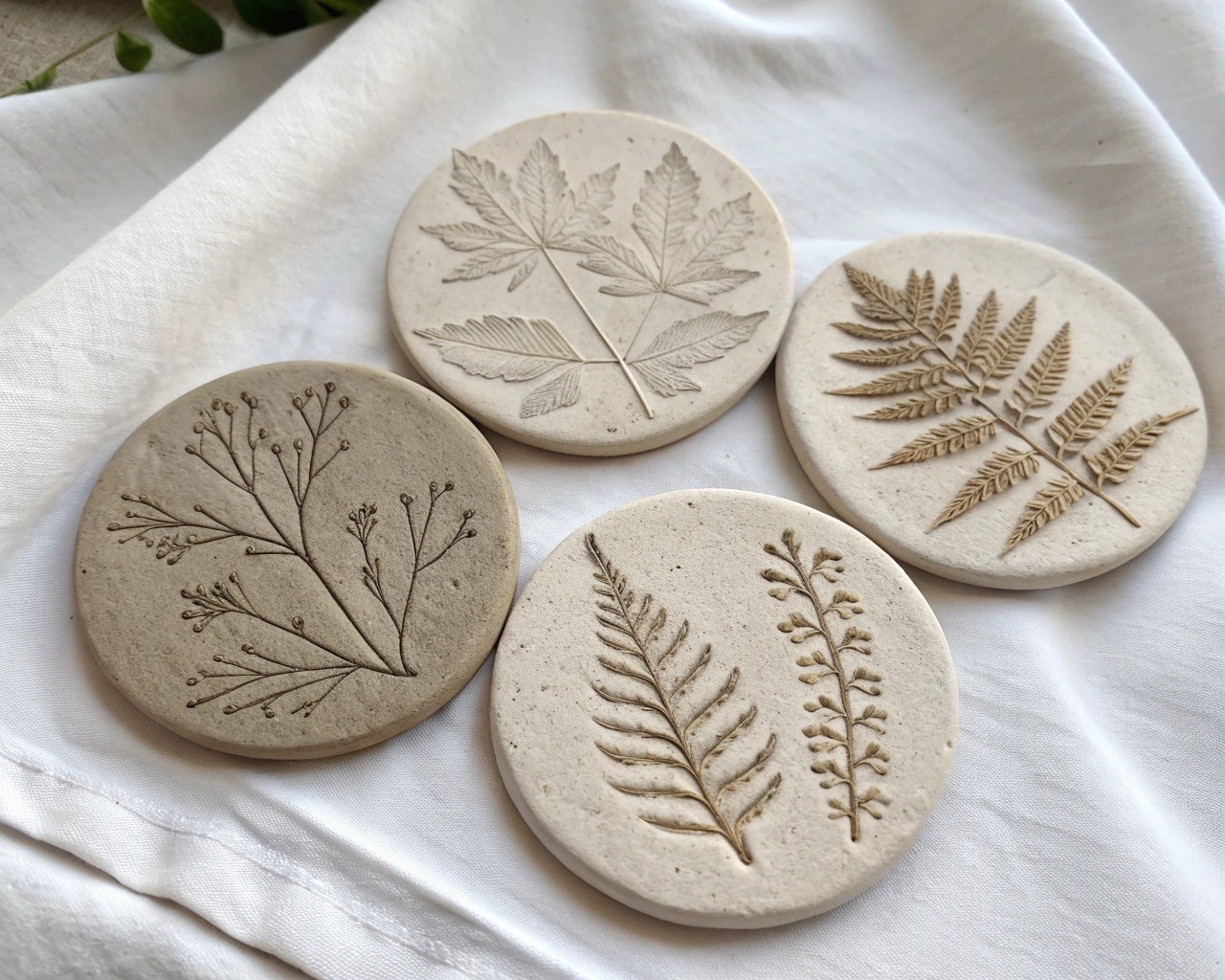
Botanical impressions create an intricate design that no paintbrush can replicate. Every vein in a leaf and every petal ridge is transferred into the clay, preserving a moment in time. When sealed, these details not only become permanent but also add tactile charm to something as ordinary as a coaster.
Key Benefits
- Natural texture: Organic imprints create subtle relief that feels both decorative and modern.
- Eco‑friendly crafting: Uses simple, safe materials and plant matter you can forage responsibly.
- Personal touch: Each coaster becomes a small canvas, shaped by your choice of plants and finish.
Materials and Workspace Preparation
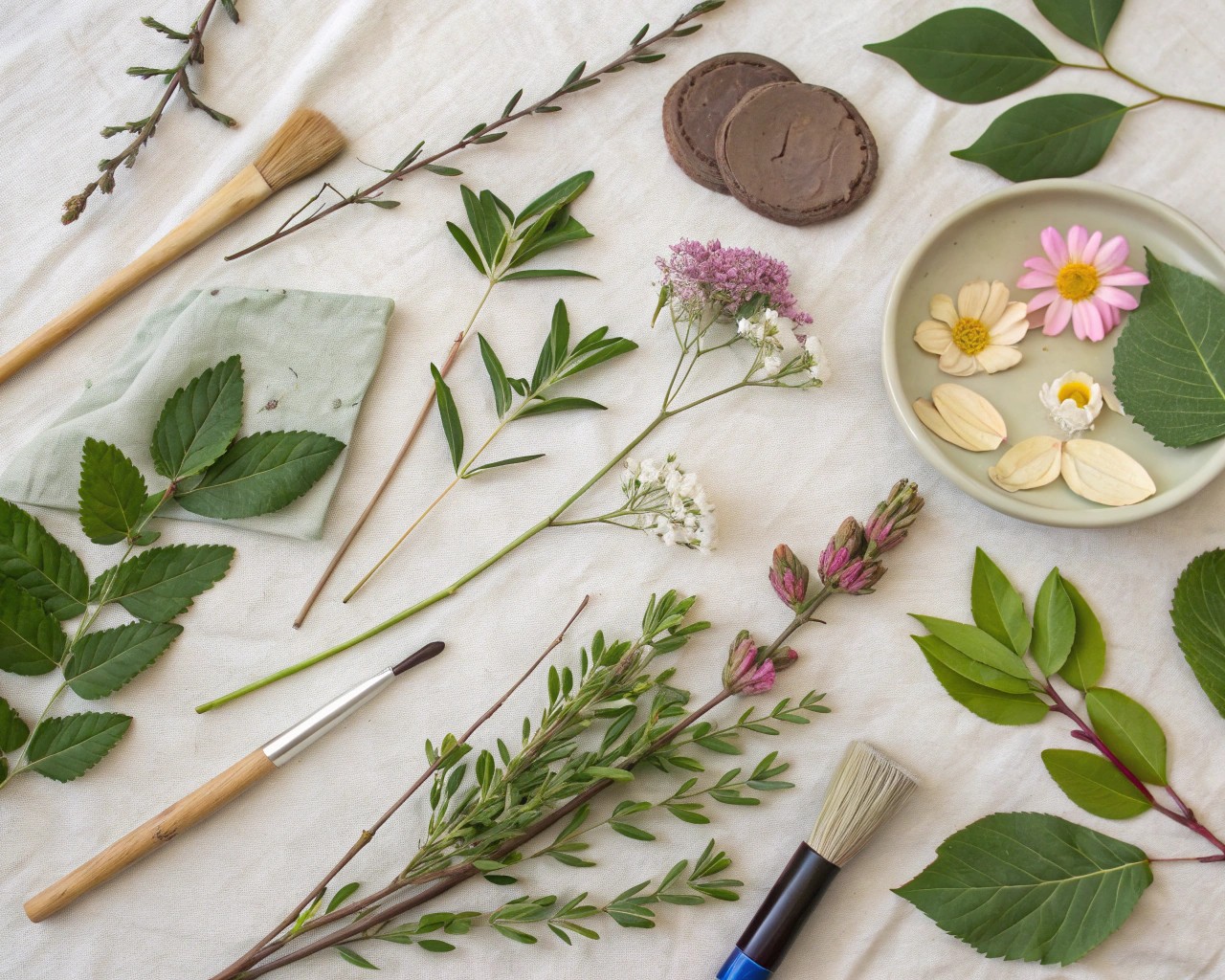
Before beginning, prepare a clean, flat workspace. Clay picks up dust easily, so lay down wax paper, parchment paper, or a silicone mat.
Tools and Materials Checklist:
- Air‑dry clay or oven‑bake clay (white or terracotta)
- Rolling pin or smooth bottle
- Round cutter, glass rim, or cardboard template
- Assorted botanicals (flat leaves, herbs, small flowers)
- Wax paper or silicone baking mat
- Craft knife or toothpick (for trimming edges, optional)
- Soft damp cloth or sponge
- Fine sandpaper (190–220 grit)
- Acrylic paint wash or metallic pigment (optional for highlighting)
- Water‑resistant, non‑toxic sealant (matte or glossy finish)
Step‑by‑Step Guide
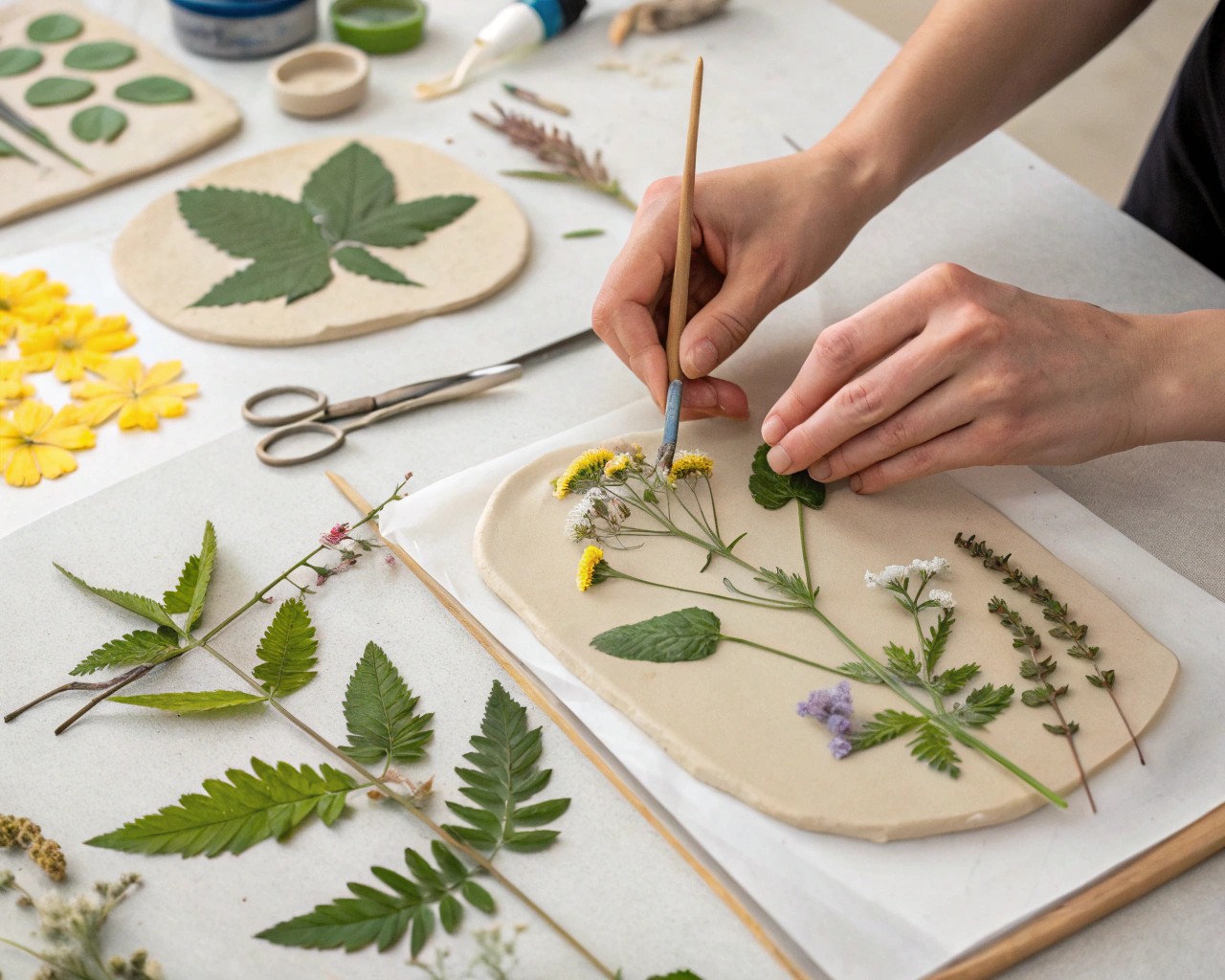
| Step | Instruction | Pro Tip |
|---|---|---|
| 1. Condition the Clay | Knead clay to soften, then roll to~¼ inch thickness. | Even thickness prevents one coaster drying faster than another. |
| 2. Position Botanicals | Place botanical facedown or faceup depending on the effect desired. | Face‑down = deeper vein imprints; face‑up = more delicate textures. |
| 3. Press Firmly | Roll evenly over the plant using consistent pressure. | Avoid over‑pressing; you want a textured impression, not piercing through the clay. |
| 4. Cut Circles | Use a cutter or trace a glass rim for neat, consistent shapes. | Cutting after pressing prevents stretching or distortion of the imprint. |
| 5. Remove Plant Material | Peel gently to reveal the impression. | If parts stick, wait 2–3 minutes to allow slight drying before removing fully. |
| 6. Smooth Edges | Wipe edges with a damp sponge. | This prevents sharp rims that could chip later. |
| 7. Dry or Bake | For air‑dry clay: 24–48 hrs on a flat surface, turning halfway. For oven‑bake: follow package instructions. | Place on parchment for airflow and reduced warping. |
| 8. Sand & Refine | Lightly sand edges and surface once fully dry. | Keeps coasters smooth and surface‑safe. |
| 9. Seal | Apply thin, even layers of sealant. Let cure per manufacturer’s instructions. | Matte sealants give a natural look; glossy ones create a ceramic‑like finish. |
Selecting and Preparing Botanicals
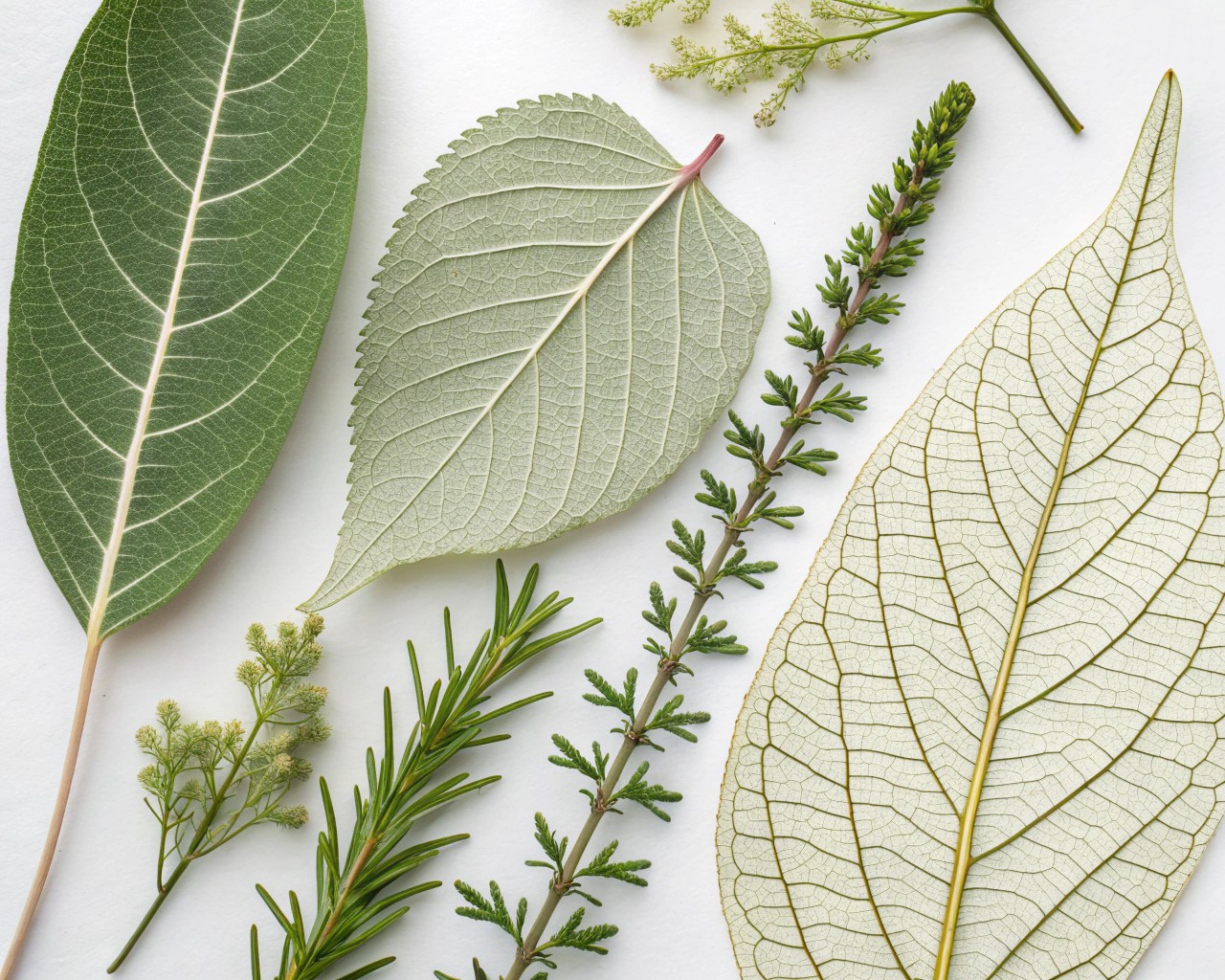
The choice of plant determines the final design. Thin, flat plants transfer best, while bulky blooms may distort.
Strong Impression Makers:
- Leaves: maple, oak, gingko, ferns, or bay leaves.
- Herbs: thyme, oregano, sage (strong fragrance while working).
- Flowers: pansies, daisies, buttercups, and Queen Anne’s lace.
Preparation Tips:
- Press botanicals between two books for a few hours to reduce moisture.
- Select leaves with visible vein structures for crisp results.
- Avoid overly juicy or thick flowers, which can damage clay during removal.
Creative Variations and Design Ideas
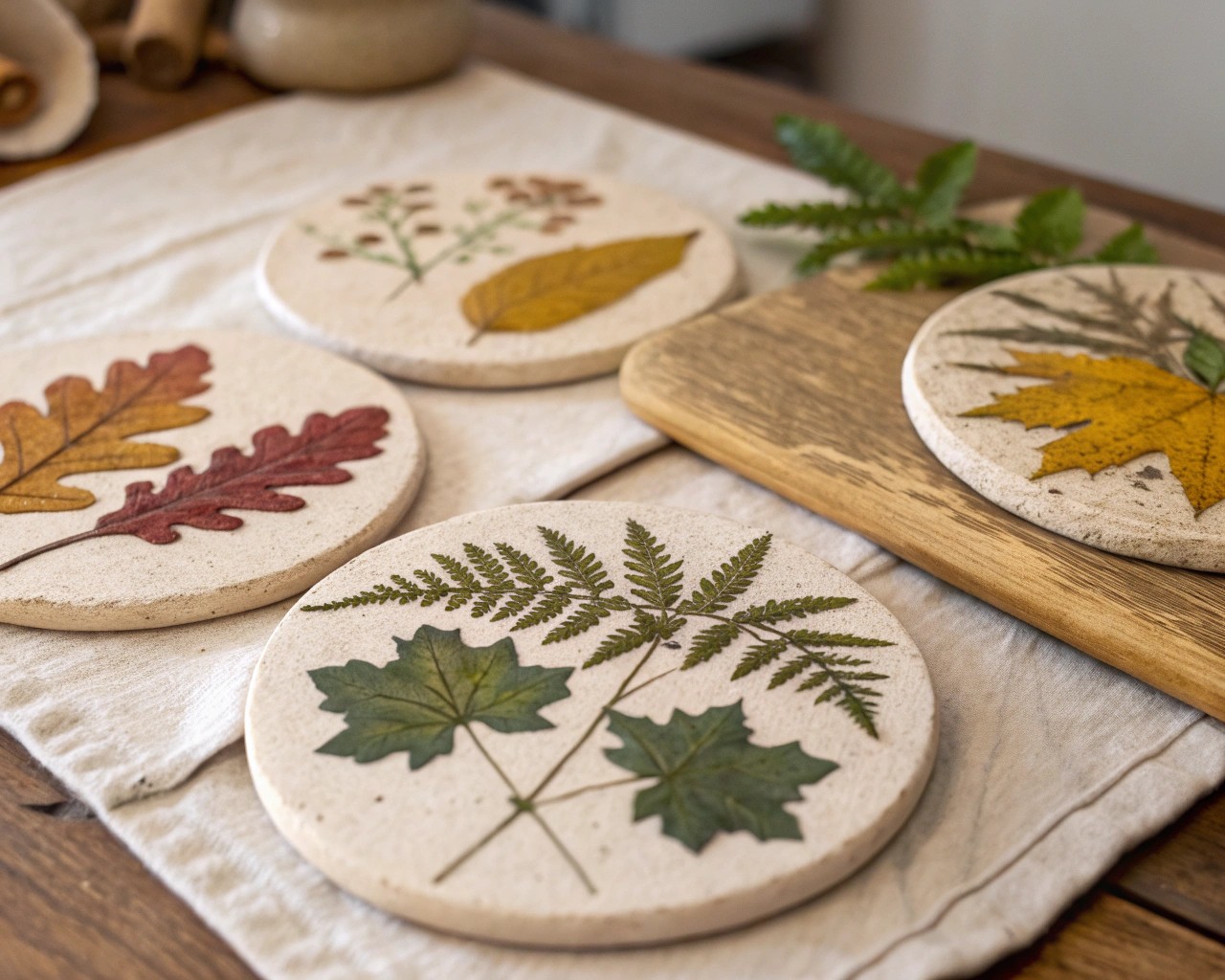
- Dual‑Layer Imprint: Place one large leaf with a smaller flower nestled inside for contrast.
- Color Accents: After the clay dries, rub metallic powder into the impressions for subtle shimmer.
- Rustic Finish: Leave edges slightly uneven to emphasize handmade charm.
-
Themed Sets:
-
Kitchen garden set: rosemary, sage, and thyme impressions—perfect for gifting cooks.
- Seasonal set: snowy pine needles for winter, ferns for summer.
- Wildflower celebration: collected blooms from a nature walk.
Common Mistakes (and Fixes)
- Warping during drying: Flip pieces halfway through drying time to balance moisture release.
- Edges cracking: Ensure clay thickness stays consistent; if cracks appear, smooth with dampened fingers before drying.
- Botanical sticking: Dust plants very lightly with cornstarch before pressing them into clay.
The Science Behind the Craft
Clay particles hold impressions due to their plate‑like microscopic structure. When compressed by plant matter, they realign in a way that preserves ridges and textures. Once dry or baked, the clay hardens as water evaporates or polymers bind, locking these details permanently. The sealant adds hydrophobicity, protecting against staining and surface absorption, which is critical in functional pieces like coasters.
Caring for Your Botanical Clay Coasters
- Cleaning: Wipe with a damp cloth and mild soap. Avoid submersion.
- Durability: With proper sealing, they withstand condensation from glasses, though direct prolonged exposure to standing water should be avoided.
- Storage/Display: Store stacked with felt between each piece to prevent scratching. Consider tying a set with jute or ribbon for an elegant gift presentation.
Why I Return to This Project
Every time I create a new set, I’m struck by how the coaster reflects a season or a place. Once, I used pressed fern fronds collected on a woodland hike; another time, rosemary sprigs from a home garden. Both sets told different stories, but the process was the same—slow, mindful, and grounding. This ritual becomes just as enjoyable as the finished product.
A Small Craft with Lasting Impressions
Clay coasters pressed with botanicals offer more than function—they serve as a daily reminder of nature’s patterns and textures. Each one captures a leaf or bloom in time, combining softness of design with durability of clay. Whether made for your own table or gifted to a friend, they’ll always carry that quiet balance of beauty and function.

